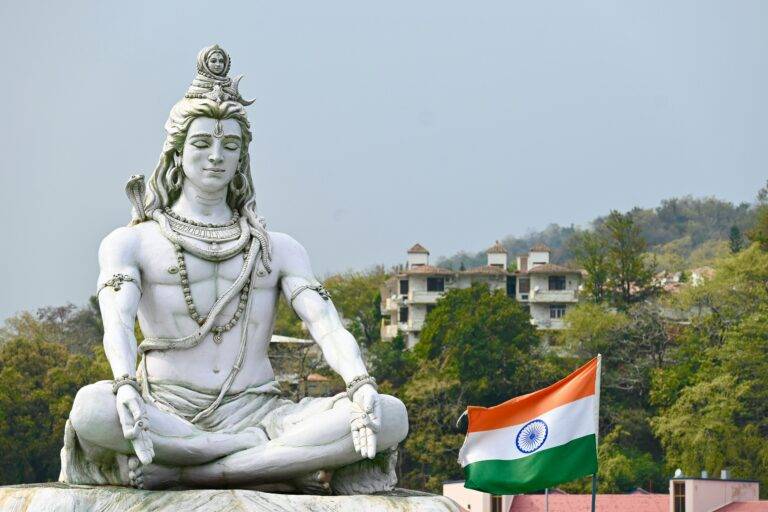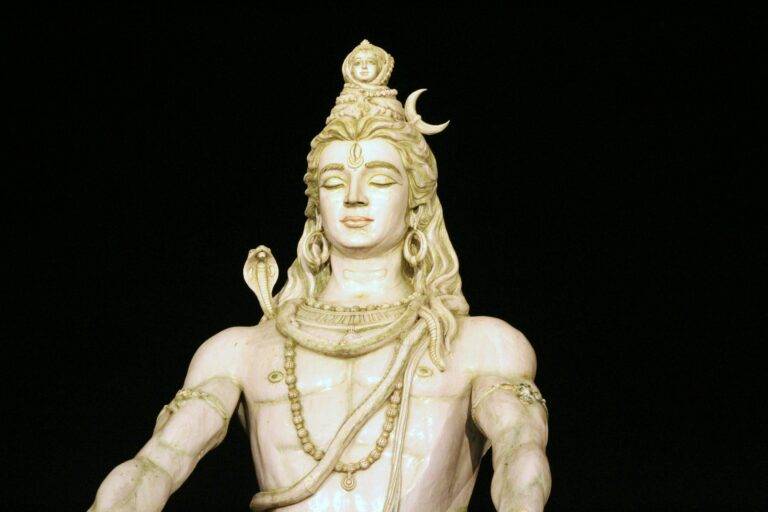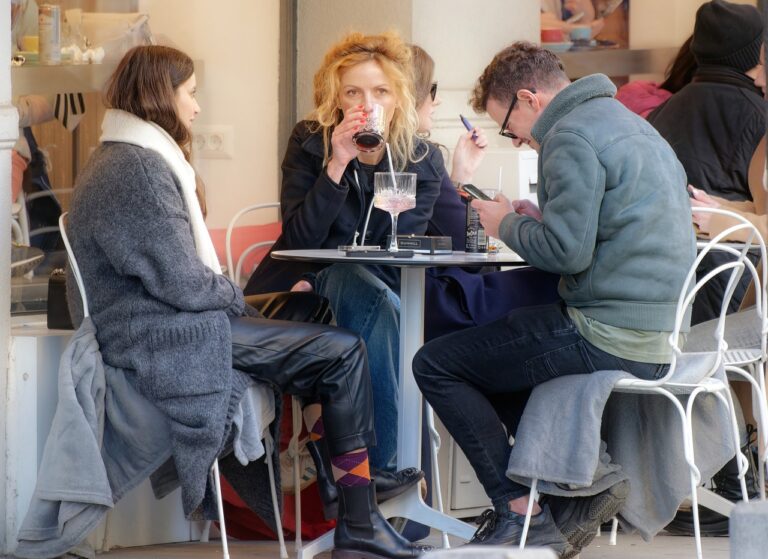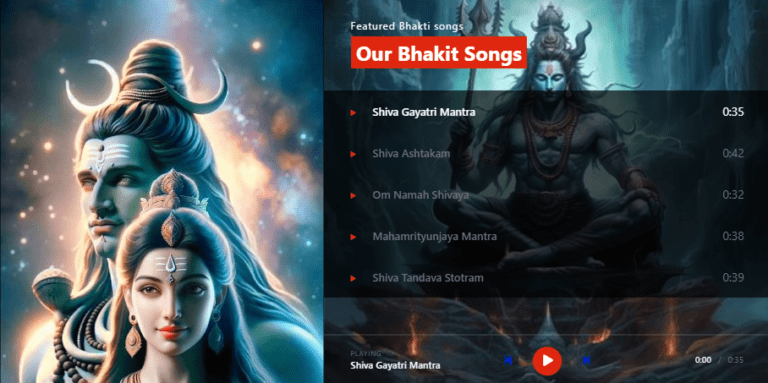Exploring the Cultural Significance of Kawaii Aesthetic in Global Entertainment
The concept of Kawaii can be traced back to Japan in the 1970s, where the term “kawaii,” meaning cute or adorable, emerged as a cultural phenomenon that celebrated youthful innocence and charm. This aesthetic was a response to the increasing urbanization and technological advancements of the time, providing a nostalgic escape into a world of innocence and simplicity. The origins of Kawaii aesthetic are deeply rooted in Japanese culture, with influences from traditional art, manga, and the desire to preserve a sense of childlike wonder in a rapidly changing society.
The Kawaii aesthetic quickly gained popularity not only in Japan but also globally, inspiring a new wave of creative expression in various fields such as art, fashion, and design. The widespread appeal of Kawaii lies in its ability to evoke positive emotions and a sense of comfort, making it a beloved style among people of all ages. This charming aesthetic has transcended cultural boundaries and continues to evolve, influencing modern trends and shaping the way we perceive cuteness and beauty in today’s society.
The concept of Kawaii emerged in Japan in the 1970s
“Kawaii” means cute or adorable
It celebrates youthful innocence and charm
A response to urbanization and technological advancements
The roots of Kawaii aesthetic can be found in traditional Japanese art, manga, and a desire to preserve childlike wonder. This charming aesthetic quickly gained global popularity, inspiring creativity in art, fashion, and design. Its ability to evoke positive emotions and comfort has made it beloved by people of all ages. Crossing cultural boundaries, the Kawaii aesthetic continues to influence modern trends and shape our perceptions of cuteness and beauty today.
The Evolution of Kawaii in Global Entertainment
In recent years, the kawaii aesthetic has made a profound impact in global entertainment realms. From animated series and movies to music, video games, and even advertising, the influence of kawaii culture is unmistakable. It has captivated audiences worldwide with its charming and adorable characters, pastel color palettes, and whimsical themes.
Pop icons and celebrities have also embraced the kawaii trend in their music videos, fashion choices, and overall personas. The incorporation of kawaii elements in mainstream entertainment has helped create a sense of innocence, joy, and cuteness that appeals to audiences of all ages. As global entertainment continues to evolve, the kawaii aesthetic remains a powerful force that brings a touch of sweetness and light-heartedness to various forms of media.
The Influence of Kawaii on Fashion Trends Worldwide
Kawaii has significantly impacted fashion trends worldwide, with its adorable and playful aesthetic making a mark on various designers and clothing brands. From cute characters to pastel colors and oversized bows, the kawaii influence can be seen in a wide range of clothing styles, accessories, and even beauty trends. The trend has found appeal among fashion enthusiasts of all ages, with many incorporating kawaii elements into their outfits to add a touch of whimsy and fun.
In addition to inspiring individual fashion choices, the kawaii aesthetic has also made its way into mainstream fashion collections, with renowned designers drawing inspiration from Japanese kawaii culture. This influence can be seen in runway shows, where designers showcase pieces that feature elements such as cute animal motifs, sweet prints, and exaggerated silhouettes. As a result, the kawaii trend continues to shape the global fashion landscape, offering a refreshing and lighthearted approach to style that resonates with fashion lovers around the world.
What is the origin of the Kawaii aesthetic?
The Kawaii aesthetic originated in Japan in the 1970s as a cultural movement that emphasized cuteness and innocence in various forms of media and art.
How has Kawaii evolved in global entertainment?
Kawaii has become a popular aesthetic in global entertainment, influencing animations, video games, and merchandise that feature adorable characters and bright colors.
How has Kawaii influenced fashion trends worldwide?
Kawaii has had a significant impact on fashion trends worldwide, with many designers incorporating cute and playful elements into their collections, such as pastel colors, oversized bows, and whimsical prints.
What are some examples of Kawaii-inspired fashion trends?
Some examples of Kawaii-inspired fashion trends include Lolita fashion, streetwear brands like Lazy Oaf and Milkbbi, and accessories like plush toys and novelty bags.
How can individuals incorporate Kawaii elements into their own personal style?
Individuals can incorporate Kawaii elements into their personal style by incorporating cute accessories, pastel colors, and playful prints into their outfits, as well as experimenting with mixing different styles to create a unique and fun look.







